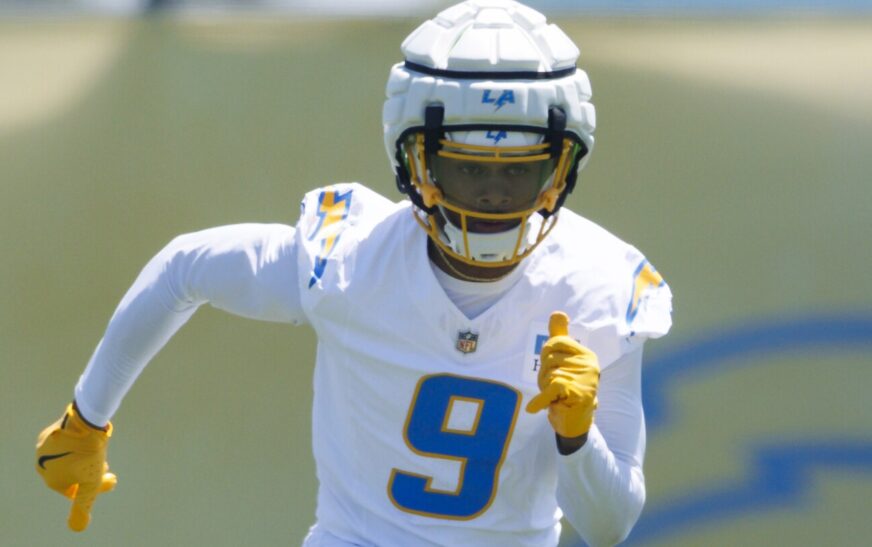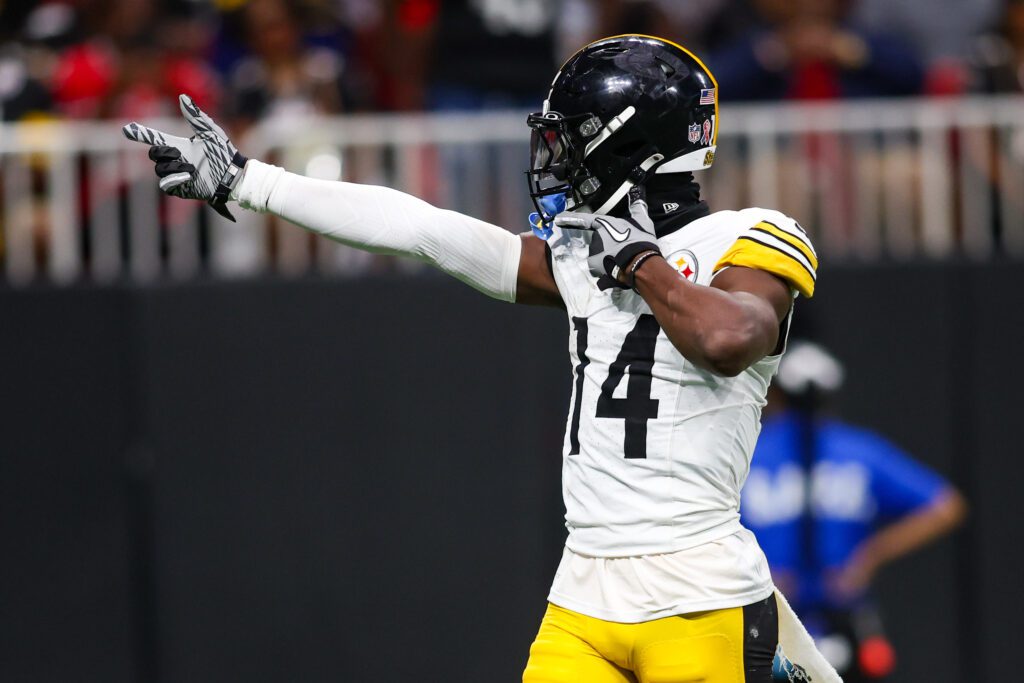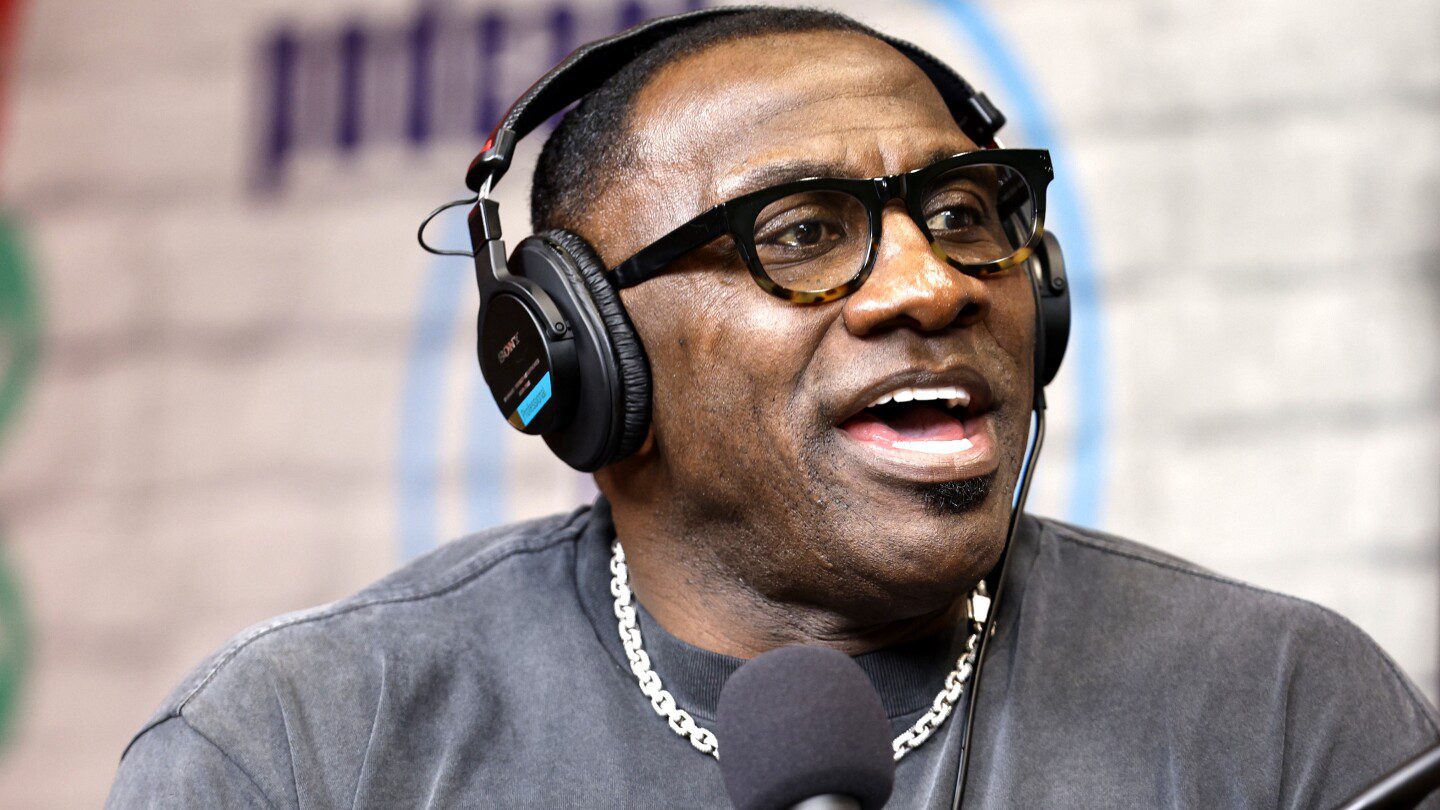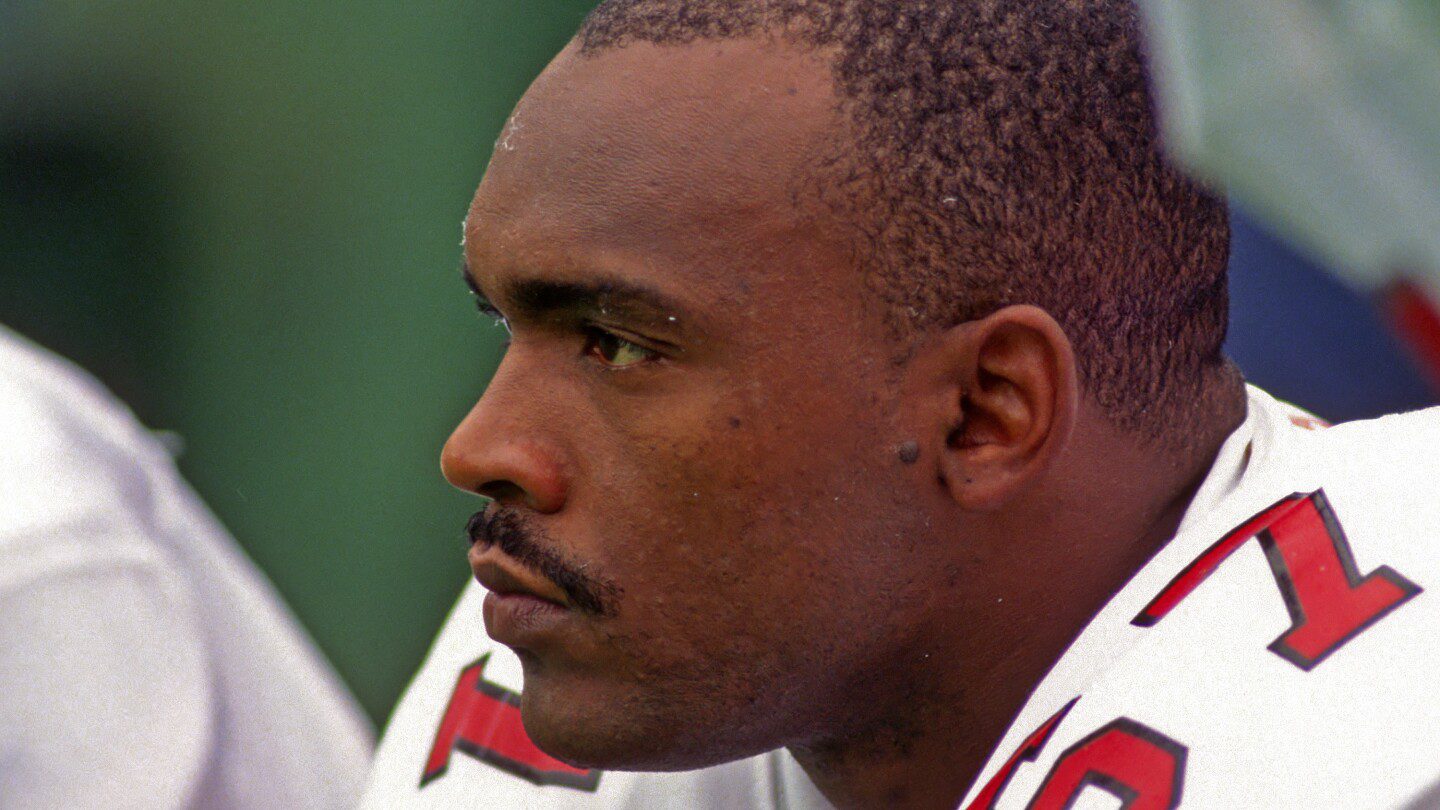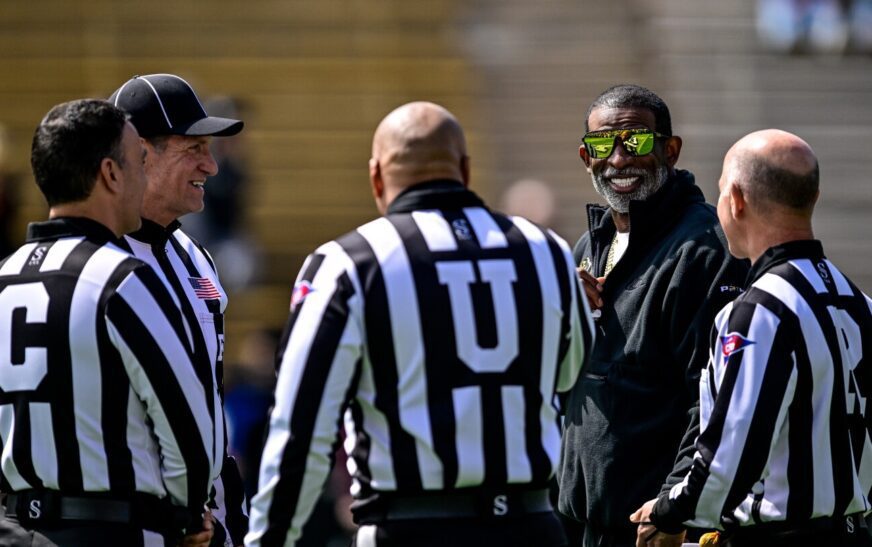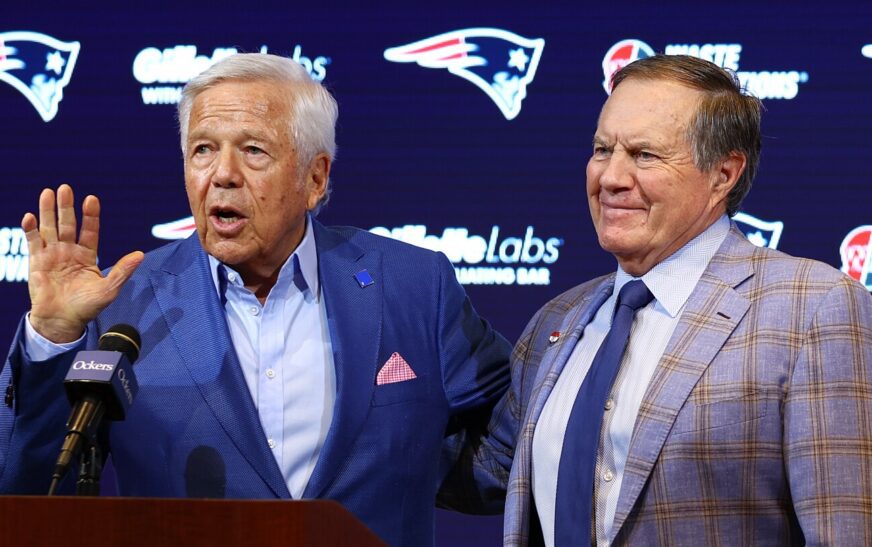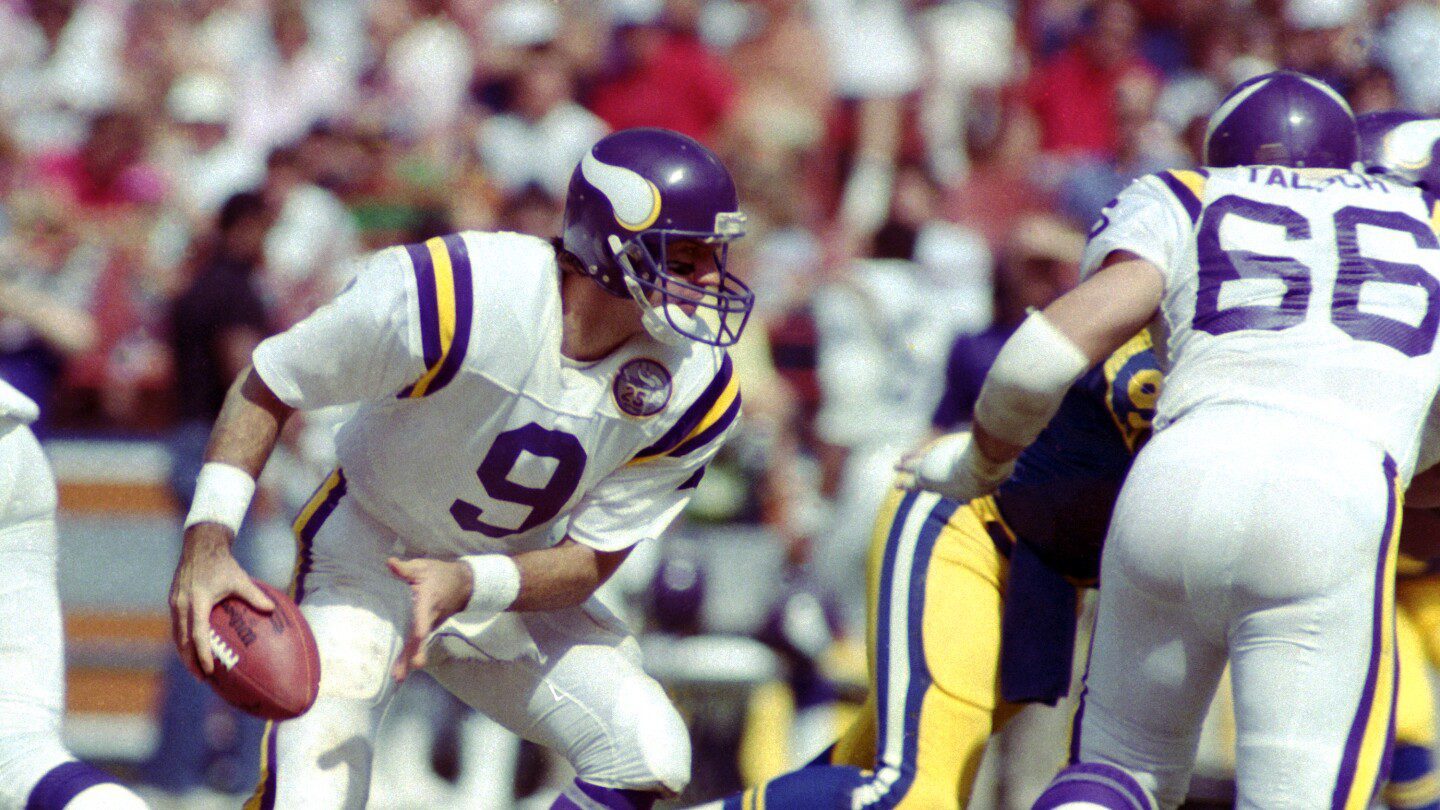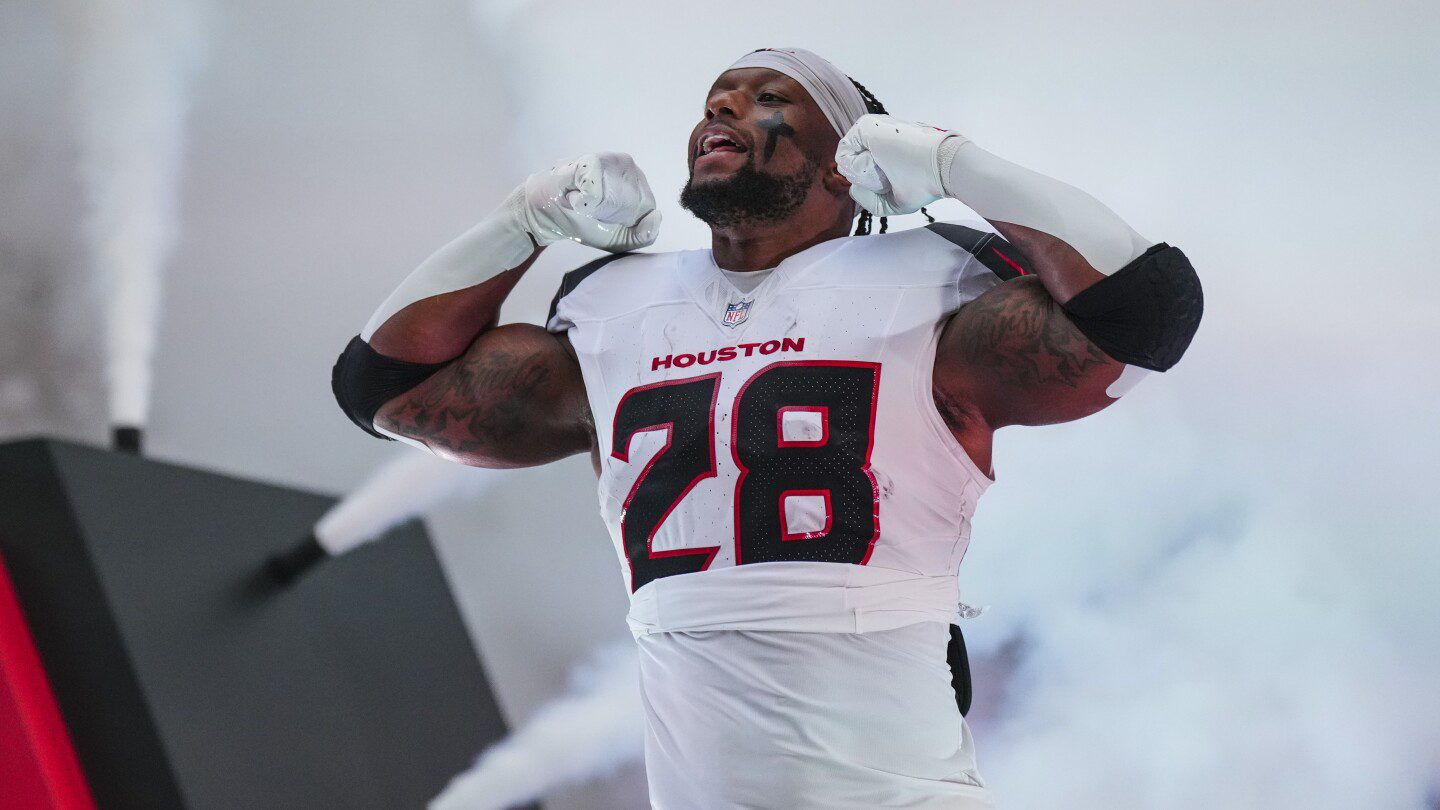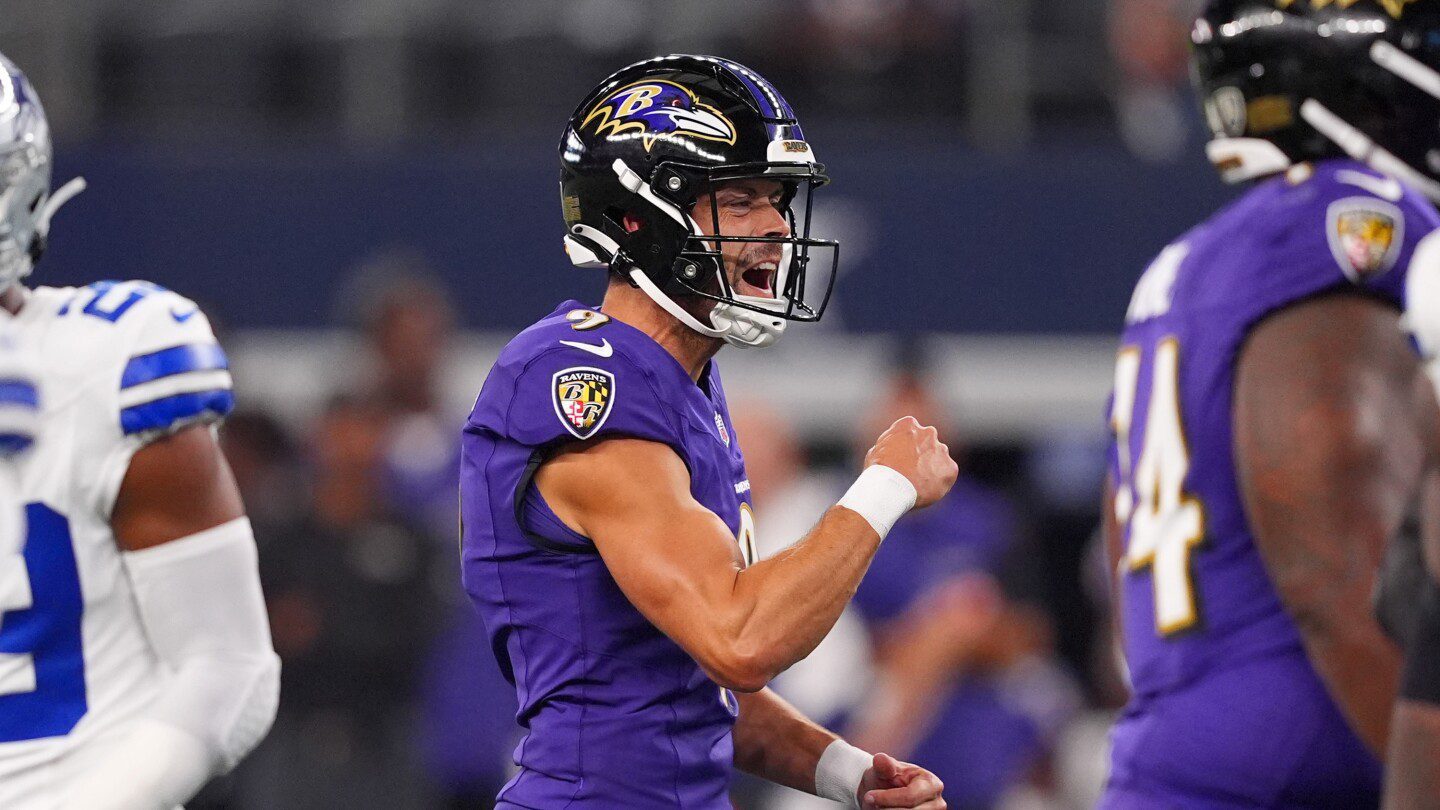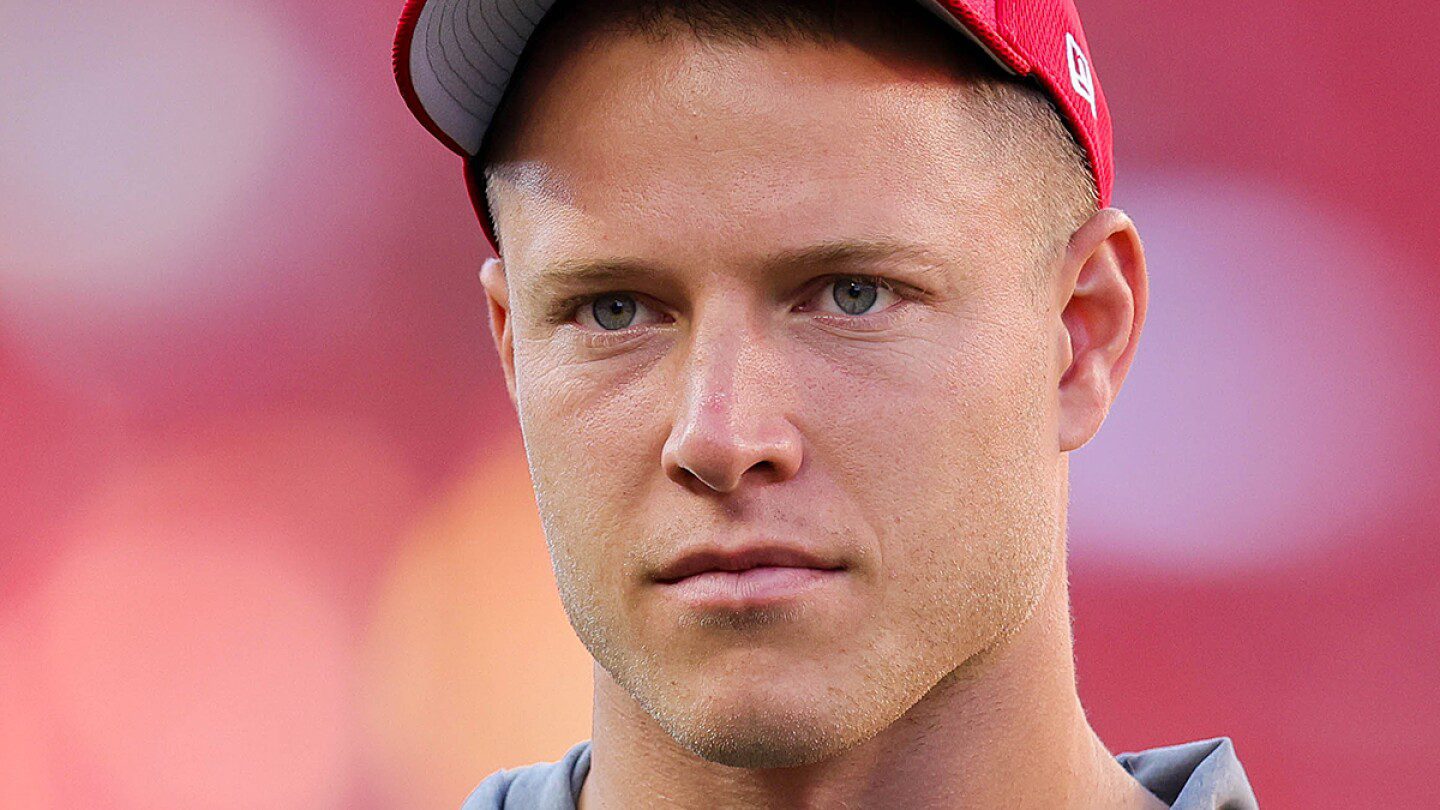The 2011 Collective Bargaining Agreement created a rookie wage scale that leaves few issues on which to haggle. This year, one of those issues has prevented 30 of 32 second-round picks from signing.
The problem is simple to explain, far from simple to solve. Before 2025, no second-round picks had received fully-guaranteed rookie contracts. With the Texans giving receiver Jayden Higgins, the second pick in round two, a fully-guaranteed deal, the issue was framed.
The Browns quickly gave linebacker Carson Schwesinger, the first pick in round two, a fully-guaranteed deal. They had little choice, once the player taken immediately after him got a fully-guaranteed contract.
For the next 30 picks in round two, no deal has been done. While all of them participated in the offseason program under participation agreements, they won’t be practicing (or even present) without signed contracts.
It gets real on Saturday, when the Chargers report — and when (as noted by Adam Schefter of ESPN.com) second-round receiver Tre Harris does not.
Harris was the 23rd pick in round two. And this isn’t about whether he’ll get a fully-guaranteed deal. He won’t. Beyond determining how deep into round two the 100-percent guarantee will go, the challenge becomes setting the right percentage of full guarantee for the rest of the round.
At the risk of making this blurb too damn long, here’s the percentage of full guarantee for each of the 2024 second-round picks:
No. 1: 95.69 percent.
No. 2: 91.9 percent.
No. 3: 88.09 percent.
No. 4: 86.41 percent.
No. 5: 84.73 percent.
No. 6: 82.98 percent.
No. 7: 81.23 percent.
No. 8: 80.46 percent.
No. 9: 79.52 percent.
No. 10: 78.65 percent.
No. 11: 77.98 percent.
No. 12: 77.3 percent.
No. 13: 76.38 percent.
No. 14: 74.14 percent.
No. 15: 72.6 percent.
No. 16: 71.13 percent.
No. 17: 69.72 percent.
No. 18: 68.28 percent.
No. 19: 66.8 percent.
No. 20: 65.22 percent.
No. 21: 63.61 percent.
No. 22: 61.95 percent.
No. 23: 60.24 percent.
No. 24: 58.71 percent.
No. 25: 57.26 percent.
No. 26: 55.7 percent.
No. 27: 54.01 percent.
No. 28: 52.99 percent.
No. 29: 52.75 percent.
No. 30: 52.57 percent.
No. 31: 52.51 percent.
No. 32: 53.39 percent.
The Tre Harris slot had 60.24 percent. It will be higher this year. But how much? If Harris does his deal now, he’ll ideally set the floor for all taken ahead of him and the ceiling for all taken behind him. There’s also a chance that his percentage will be too low — which could result in players taken after him getting a higher percentage. That will become ammunition for other agents to criticize his representation at Athletes First when competing for the same incoming players.
Athletes First is relevant at the other end of the spectrum. They represent the third pick (and first unsigned pick) in round two: Seahawks safety Nick Emmanwori. Thus, as to the threshold question of how deep into the round the fully-guaranteed deals go, Emmanwori and A1 are in the batter’s box.
However it plays out, the urgency reaches full boil as players aren’t showing up for camp. And while the agents and players are permitted to coordinate/collude on a strategy for maximizing the guarantee for the players, the teams cannot coordinate/collude. Now that everyone (finally) knows about the union’s partial win in the collusion case over fully-guaranteed deals, the process from the perspective of the teams becomes a little riskier.
Or a lot.
It’s already a mess. It could soon become a full-blown fiasco, with most teams missing a key young player during training camp, and with some (Bears, Browns, Seahawks) missing two.
This content was brought to you by: profootballtalk

